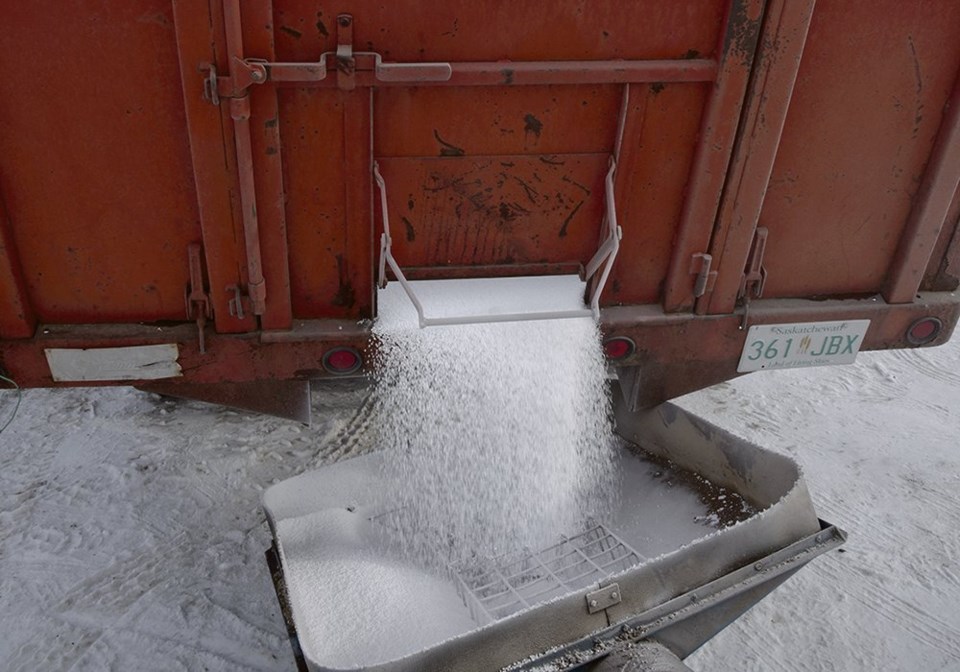WESTERN PRODUCER — The National Farmers Union is calling on the House of Commons standing committee on agriculture and agri-food to launch a fertilizer price investigation.
“Fertilizer prices have skyrocketed over the past six months and we want to know why,” NFU Ontario president Don Ciparis said in a news release.
Dean Harder, a former NFU director and Manitoba member, said his anhydrous ammonia price has jumped to $1,200 per tonne from $640 per tonne a year ago.
If he needs more anhydrous this spring, he has been told it will cost him $1,900 per tonne.
“Many farmers feel that there is strong price-gouging going on with the fertilizer industry,” he said.
“We’ve seen fluctuations before but nothing like this.”
That is why the NFU wrote a letter to the chair of the Commons agriculture committee Jan. 13 asking for a formal investigation to begin.
Clyde Graham, executive vice-president of Fertilizer Canada, takes issue with the allegations of price-gouging.
“Canada has a very vibrant and competitive fertilizer industry,” he said.
Fertilizer Canada has more than 50 member companies and the International Fertilizer Association has more than 430 members.
Graham said nitrogen, phosphate, potash and sulfur are among the most widely traded commodities in the world.
He noted that demand for fertilizer tends to rise as commodity prices go up because farmers want to maximize yields.
That is happening the same time as serious supply constraints. Fertilizer plants in Alberta, New Orleans and Florida have all experienced unplanned shutdowns.
There have been production curtailments in the European Union caused by soaring natural gas prices and export restrictions in China and Russia, two major global suppliers of the product.
There have also been supply chain and transportation bottlenecks caused by the global pandemic.
Harder has heard the reasons the industry cites for high prices but he’s not buying it. He noted that fertilizer company profits are soaring despite the production problems.
“There is something wrong with this picture and it may boil down to plain old profiteering,” he said.
Usually concerns of that nature are filed with the Competition Bureau, but the NFU doesn’t want to go that route.
“The Competition Bureau in Canada doesn’t have a lot of teeth,” said Harder.
The NFU believes a Commons agriculture committee investigation will be more thorough and transparent and that the committee has the clout to get to the bottom of the issue and remedy the problem.
It hopes other farm organizations will support the call for an investigation.
Commodity groups in the United States are also raising concerns about rising fertilizer prices.
The National Corn Growers Association is disappointed that the U.S. Department of Commerce is siding with CF Industries and recommending countervailing duties on imported urea ammonium nitrate (UAN) from Russia and Trinidad and Tobago.
That decision comes on the heels of a U.S. International Trade Commission decision in favour of Mosaic to place tariffs on phosphorus imports from Morocco and Russia.
According to DTN, U.S. fertilizer prices are up from 69 percent over last year for MAP to 202 percent for anhydrous ammonia.
NCGA president Chris Edginton said the proposed and already implemented tariffs on imported fertilizer products is adding insult to injury.
“Farmers pay the price when input companies monopolize a market,” he said in a recent news release.
“To get our job done and keep prices reasonable, we need quick access to fertilizers from multiple companies, including those outside the U.S.”




